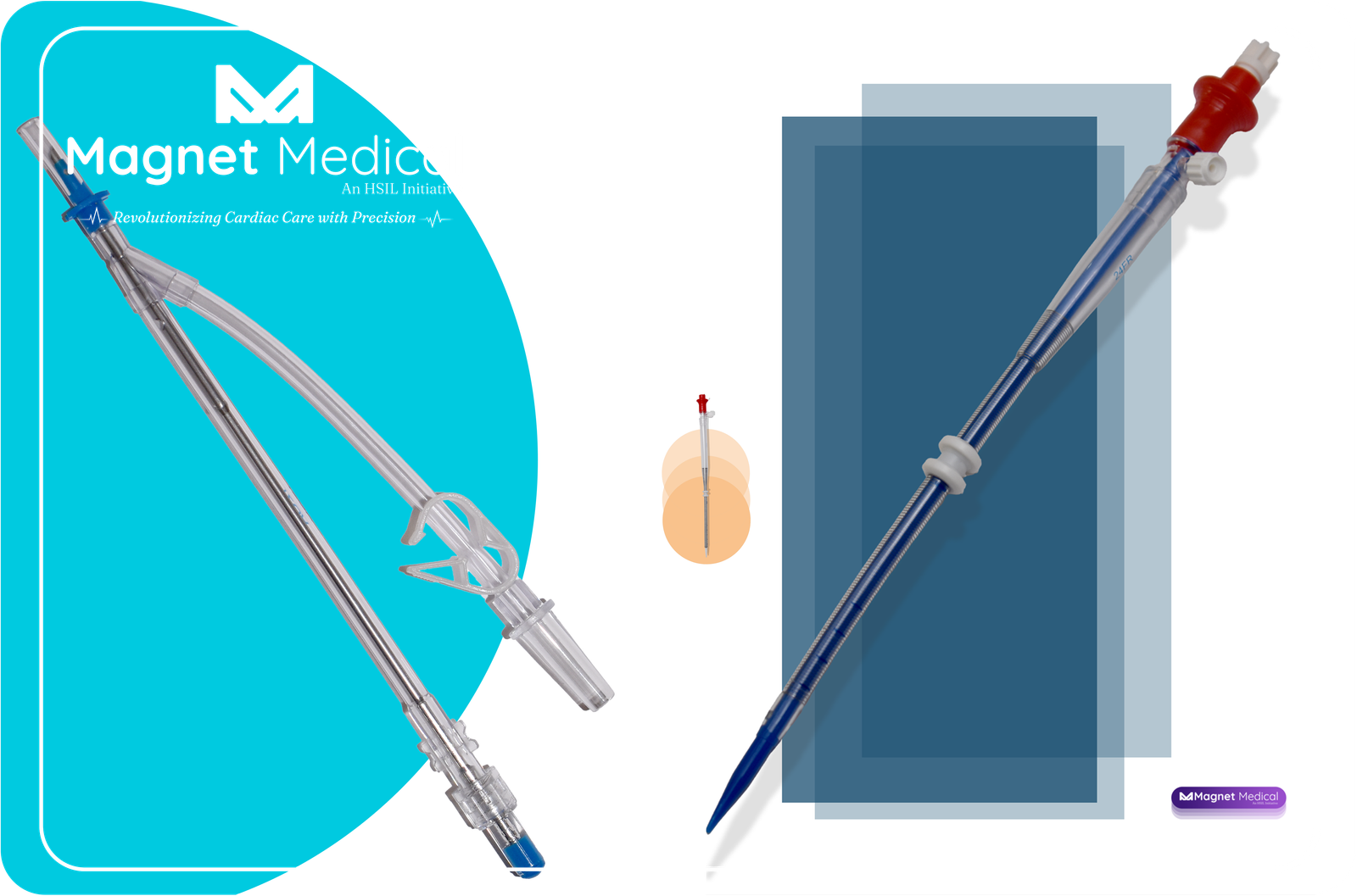When it comes to performing surgical procedures, having the right medical equipment is essential. These tools and devices play a crucial role in ensuring the success and safety of surgeries. In this article, we will discuss some of the most important medical equipment used in surgical procedures.


Surgical Instruments
Surgical instruments are handheld tools that are used by surgeons to perform precise and delicate tasks during surgery. These instruments come in a wide range of shapes and sizes, each designed for a specific purpose. Some common surgical instruments include:
- Scalpels: Used for making incisions in the skin and tissues.
- Forceps: Used for grasping and holding tissues or objects.
- Surgical scissors: Used for cutting tissues and sutures.
- Retractors: Used for holding back tissues and organs to provide better visibility.
- Clamps: Used for controlling bleeding and securing blood vessels.
Surgical Tools
- Anesthesia Machines
- Surgical Lights
- Surgical Tables
- Laparoscopic Equipment
- Surgical Drapes and Gowns
- Anesthesia Machines
Anesthesia machines are vital for administering anesthesia during surgical procedures. These machines deliver a controlled mixture of gases and medications to keep the patient unconscious and pain-free during the operation. Anesthesia machines monitor the patient’s vital signs, such as heart rate, blood pressure, and oxygen levels, ensuring their safety throughout the procedure.
- Surgical Lights
Proper lighting is crucial in the operating room to ensure that surgeons have a clear view of the surgical site. Surgical lights provide bright and focused illumination, minimizing shadows and enhancing visibility. These lights are adjustable, allowing surgeons to position them according to their specific needs during the surgery.
- Surgical Tables
Surgical tables are specially designed to provide a stable and comfortable platform for patients during surgery. These tables can be adjusted to different positions, allowing surgeons to access the surgical site with ease. Surgical tables also come equipped with safety features to ensure patient stability and prevent any accidental movements during the procedure.
- Laparoscopic Equipment
Laparoscopic surgery, also known as minimally invasive surgery, involves making small incisions and using a camera and specialized instruments to perform the procedure. Laparoscopic equipment includes a laparoscope (a thin tube with a camera), trocars (used to create access points), and specialized instruments for performing the surgery. This equipment allows for smaller incisions, faster recovery times, and reduced scarring for the patient.
- Surgical Drapes and Gowns
Surgical drapes and gowns are used to create a sterile environment in the operating room. These disposable barriers prevent the transfer of microorganisms between the surgical team and the patient. Surgical drapes are used to cover the patient and create a sterile field, while surgical gowns are worn by the surgical team to protect themselves and maintain sterility.
Conclusion
Having the right medical equipment is crucial for the success of surgical procedures. From surgical instruments to anesthesia machines, each piece of equipment plays a vital role in ensuring the safety and effectiveness of surgeries. By utilizing these essential tools, surgeons can perform procedures with precision and provide the best possible care for their patients.

